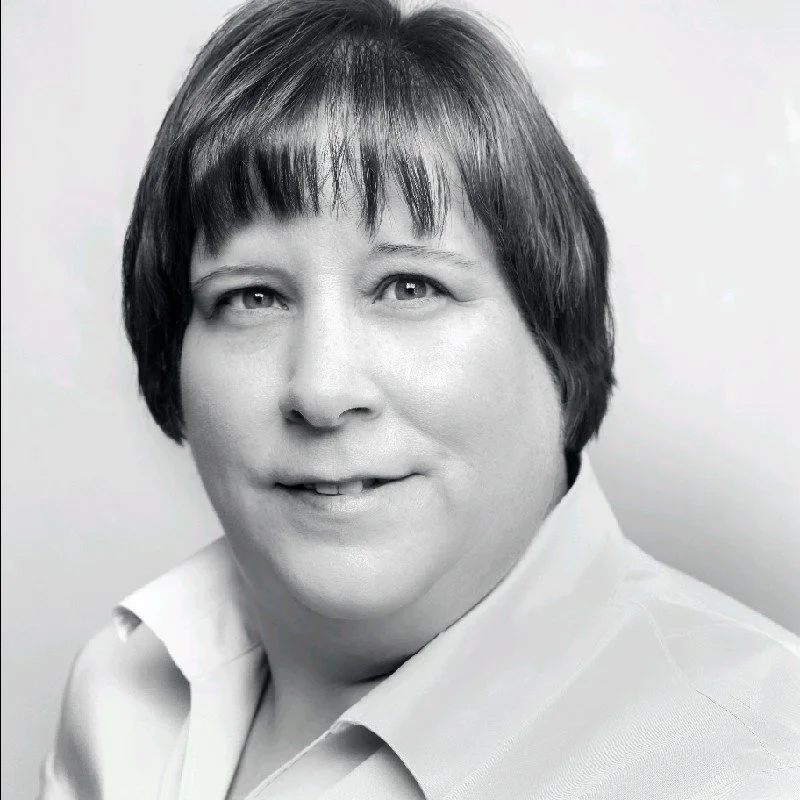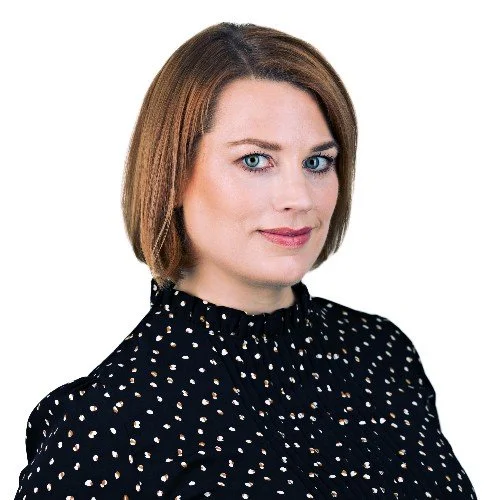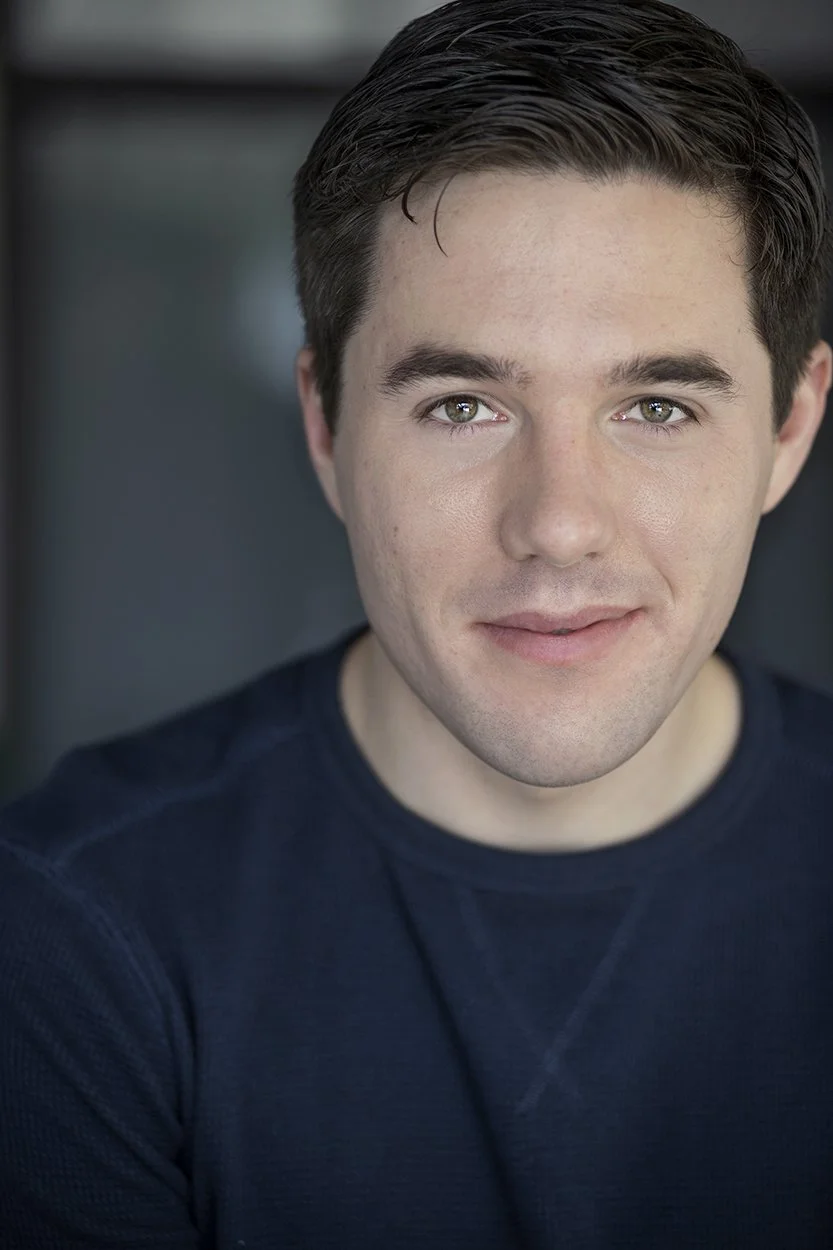Kelli Amerine
Founder + Principal Consultant | Philadelphia, PA
I synthesize strategic thinking, human-centered design, and creative collaboration to orchestrate people-driven change with long-term value.
Full disclosure: this was a hard question to answer. There are so many change catalysts who have done so many incredible things. So I’m going with two people!
My Change Catalyst:
David M. Kelley
Designer | Educator | Independent Consultant
The co-founder of IDEO, David M. Kelley developed and codified the main principles of design thinking. Now, as professor at Stanford University and an independent consultant, Kelley uses his expertise to build innovation capability in organizations and help people “regain the creative confidence they lost along the way.”
Tim Brown
Industrial Designer | Thought Leader | Educator
Chair and former CEO of IDEO, Brown’s unique blend of inspirational storytelling and technical expertise has made him one of the most successful evangelists of design thinking and creative leadership. On the boards of IDEO, kyu Collective, and Neil, Brown continues to bring the benefits of human-centered design to corporations worldwide.
Change is a synthesis of creative empathy and innovative application. In my work, I am inspired by Kelley’s commitment to engineering with empathy and his ability to combine imagination with technical precision. Brown’s designs combine creative innovation with playful exploration, which is central to what we do here at TSI.
More about me:
-
Change Expertise:
Transformation Leadership
Change Vision + Strategic Planning
Change Activation + Community
Executive Coaching
Ideation Design
Outcome + Value Realization
Workshop Design
Experience Design
I have experience with:
Healthcare
Insurance
Manufacturing
Technology + Software
Environmental Services
Consumer Products
Professional Services
Retail
Education:
M.Ed. in Instructional Systems Design from Penn State University
B.A. in Communications from Penn State University with a minor in Business
Certifications:
Gallup Clifton Strengths (see badge here)
LUMA Human Centered Design
Hogan Leadership Assessment Systems
MBTI
IDEO U: Human Centered Systems, Design, Leading Complex Projects, Storytelling for Influence
-
When I look at an organization, I see connections — a web of interrelated people, processes and technologies. For change to succeed, clients have to understand and amplify those connections. That’s one of the things I love most about my work: helping clients visualize the holistic ecosystem of their organization, devise strategies to enhance those connections, and drive inclusive, collaborative change.
The other thing I love about change is cultivating belief. There is power in hope and optimism, especially when paired with a realistic vision and a pragmatic understanding of how to achieve it. I love lighting little fires of co-creation, telling powerful stories, and reinvesting quick wins into sustained success. It’s all about helping people cultivate a mindset of realistic optimism as they activate their change journey.
-
Have the courage to do the thing that scares you. Volunteering for the project that makes you nervous, speaking up when something doesn’t make sense, calling out the elephant in the rom - these things aren’t easy, but they have to happen to move work forward. And, more importantly, they keep you out of your comfort zone and in the realm of growth and self-discovery. So take the leap!
Ask powerful and effective questions. Without good questions, you’ll miss key insights that you need - in your work, in your team’s work, and at scale in the broader organization. And the power of asking questions isn’t limited to just one question and answer - once you build a culture around curiosity and people feel more empowered to speak up, the questions get better and the insights get deeper. It’s a self-funding cycle of questions, insight, culture, and value.
Embrace the scrappy power of co-creation. Asking for feedback on a polished PowerPoint is not the same thing as collaboration. True collaboration is messy - huddling around a white board, scribbling on sticky notes, crafting a deck together slide-by-slide. But that’s when the best ideas are born - when you and your team are moving through the trenches together. So find ways to co-create early and often in your projects - and watch your innovation take flight.
Always assume positive intent.
-
My first thought was the movie Miracle, starring Kurt Russell. It tells the story of the “Miracle on Ice,” when the mostly amateur U.S men’s hockey team beat the highly professional (and heavily favored) Soviets in the semifinals of the 1980 Winter Olympics. I love what it has to say about teamwork and success. At the end of the day, you don’t need fancy titles or tons of experience to win – as long as you have hunger, courage, and a strong sense of community, you can beat the odds and achieve the unachievable.
-
I can’t pick just one, so I’ll go for a category: the outdoors. Nature helps me quiet my mind, relax my body, and recharge my imagination. Whether I’m skiing, hiking, scuba diving, or even just sitting outside, I always come back rejuvenated.
-
I’m spending time with family and friends - doing puzzles, reading, cooking, entertaining, etc. I’m also proud to work with the National Psoriasis Foundation as a strategic partner and fundraiser.
Learn more about our team:







